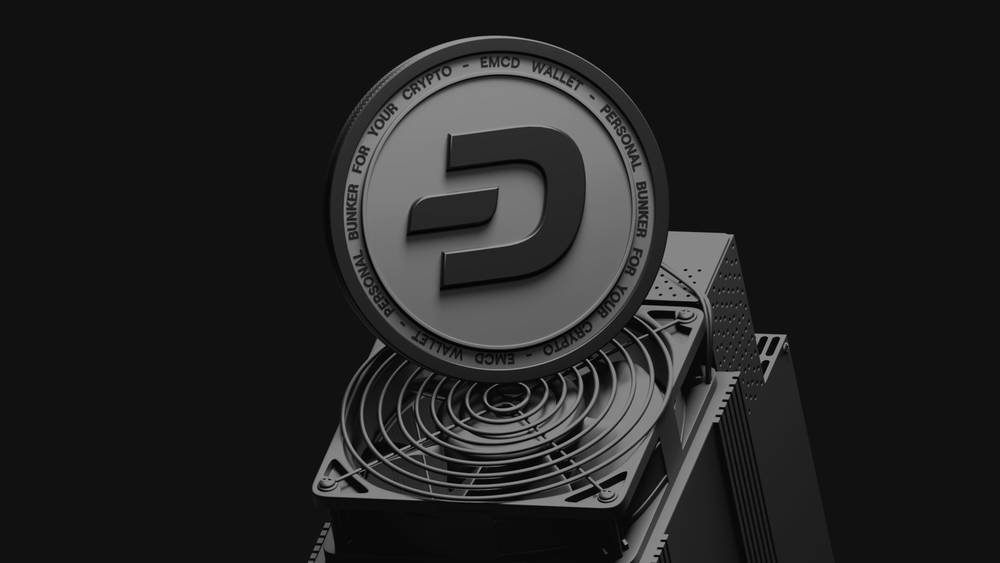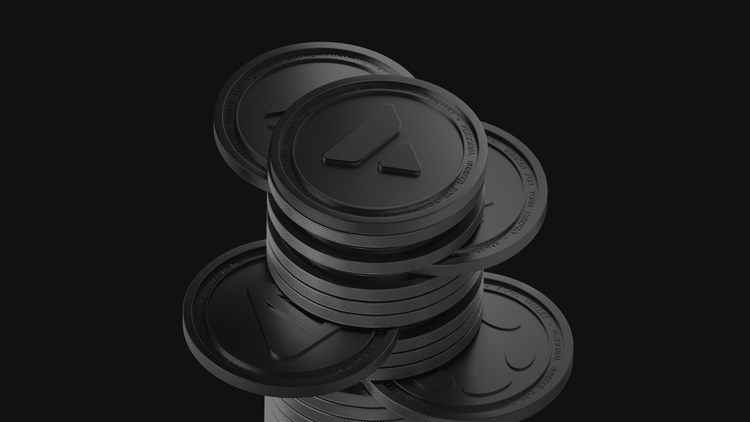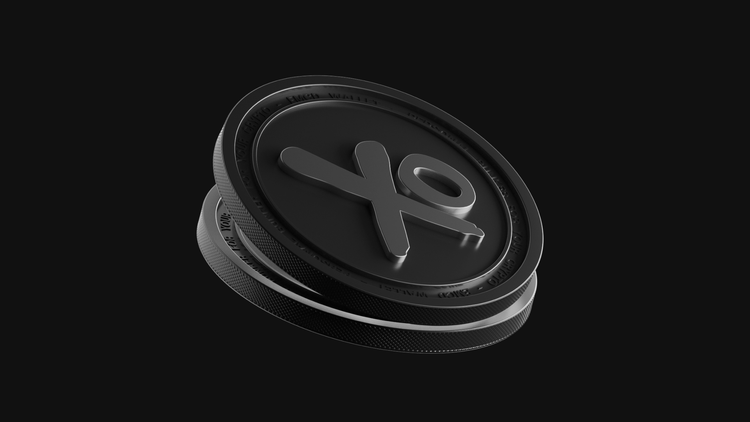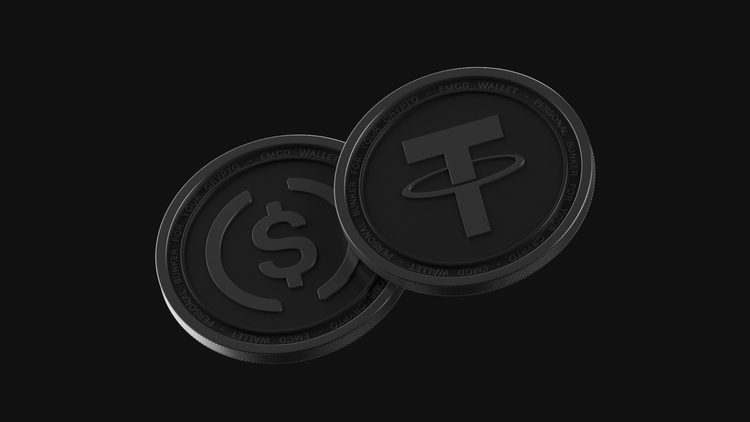How to Mine DASH

Mining Dash is a popular choice for those seeking a reliable, time-tested cryptocurrency. Thanks to the X11 algorithm, high transaction speeds, and a well-developed ecosystem, Dash continues to hold a strong position in the market. If you're looking to learn how to mine Dash, it’s important to start with the basics — what equipment you need, how to connect to a mining pool, and how to properly set up your system for stable operation. This article covers everything from hardware selection to pool setup and mining optimization.
What Is Dash and How Does It Differ from Other Cryptocurrencies?
Dash is a decentralized cryptocurrency based on the Bitcoin code but with several key improvements. Its standout features include high transaction speed and the Masternode system, which powers InstantSend and PrivateSend features. It uses the X11 algorithm, unlike Bitcoin’s SHA-256, which significantly reduces power consumption and adds to system stability.
Why Should You Mine Dash?
Mining Dash remains a good option due to its strong market position and the availability of suitable mining hardware. The network is not heavily congested, so block rewards remain profitable. Major mining pools support Dash, which ensures regular payouts. Moreover, Dash is widely listed on exchanges and supported by many popular wallets, making storage and trading convenient.
What Equipment Do You Need to Mine DASH?
As of now, Dash can only be mined using modern ASIC devices. Mining with CPUs or GPUs is no longer viable due to insufficient computing power for the X11 algorithm.
Among the most popular ASIC models:
- Antminer D3 (Bitmain) – a beginner-friendly, affordable model, now considered outdated and no longer profitable given today’s network difficulty and electricity costs
- iBeLink BM-N3 – offers high hash rate and performance
- WhatsMiner D1 – reliable and time-tested, now considered outdated and not profitable given current network difficulty and electricity costs
When choosing an ASIC, you must consider not just the purchase price but also power efficiency. The lower the energy consumption per hash rate, the higher your potential profits.
Setting Up Mining Software for DASH
Once you’ve bought your ASIC miner:
- connect it to a power source and internet
- use an IP scanner to find the miner’s address on your local network
- access its control panel through your browser
In the settings panel, enter your mining pool info: server address (e.g., stratum+tcp://gate.emcd.io:8888), worker name (e.g., username.device), and a password (can be any string).
EMCD is a recommended pool: it’s beginner-friendly, stable, and easy to configure. Once you save your settings, the miner will automatically begin mining Dash.
Best Mining Pools for DASH
To ensure stable income, it's crucial to choose a trustworthy mining pool. Top choices include:
- EMCD – low fees, Russian interface, and great for all skill levels
- F2Pool – one of the oldest, known for reliability
- ViaBTC – offers detailed stats and a good reputation
- Antpool – Dash-compatible with a user-friendly web interface
Before choosing, compare pools by fees, minimum payout thresholds, and uptime to maximize profitability.
Profitability and ROI Calculations
Your Dash mining profits depend on:
- ASIC model and hash rate
- Power costs (especially with 24/7 operations)
- Current Dash price
- Pool fees
Example: with electricity at $0.05/kWh and an iBeLink BM-N3, your daily net income can range from $2 to $5 (as of May 2025). This means the device may pay for itself in 8–14 months, depending on market conditions. However, this is only an approximate projection — actual profitability will vary with the current Dash price, network difficulty, and electricity costs. Without an up-to-date calculation, the $2–$5 figure may no longer be accurate.
Common Mistakes and Issues
New miners often repeat costly mistakes:
- entering incorrect pool or worker details prevents mining from starting
- using outdated ASICs that can't handle current network difficulty
- poor ventilation leads to overheating and hardware failure
- ignoring electricity costs can wipe out your profits
- storing coins on exchanges without two-factor authentication (2FA) exposes you to hacks
Wallets and Safe Storage for Dash
For secure storage, consider:
- Dash Core Wallet – the official and most secure, ideal for long-term holding
- Exodus – user-friendly for everyday use
- Ledger hardware wallet – top-tier protection from online threats
Enable 2FA, make regular backups, and avoid storing large sums on exchanges to minimize risks.
Dash Mining in 2025: Outlook and Market Position
Despite growing competition and declining altcoin hype, Dash remains resilient. Key reasons:
- active developer and user community
- regular updates and fast transactions
- strong privacy features via PrivateSend
In 2025, Dash is still one of the most reliable Proof-of-Work coins. The X11 algorithm puts less strain on hardware than SHA-256, extending ASIC lifespan. Major pools like EMCD, F2Pool, and ViaBTC make joining the network easy — even for beginners.
As of May 2025, Dash’s price has been volatile, fluctuating roughly between $17 and $22. This current state does not guarantee future stability, so miners should be aware that conditions can change. If the market remains favorable, however, Dash mining can still be profitable — especially with cheap electricity and modern ASICs. Dash is also gaining traction in Latin America and Africa as a real-world payment solution, making it not just a mining asset but also a viable currency.
FAQ
What’s the best ASIC for mining Dash?
The iBeLink BM-N3 stands out for its efficiency and hash rate, making it a solid choice for both newcomers and experienced miners.
How much can you earn from Dash mining?
With the right setup and low electricity costs, you can earn $2–$5 per day with a single ASIC like the BM-N3. Profitability depends on the Dash price, network difficulty, and power rate.
Is mining Dash still profitable in 2025?
Yes — if you use modern ASICs and have access to cheap electricity. Dash’s reliable network and active development make it a strong option, but its price has been volatile in 2025, so profitability isn’t guaranteed.
Which pools are most reliable for Dash?
Trusted options include EMCD, F2Pool, ViaBTC, and Antpool. Compare fees, payout schedules, and interfaces before choosing.
Do I need to register in a pool?
Depends on the pool. Some (like EMCD) require an account; others allow anonymous mining using just the worker name. Registration offers more control and monitoring.
How much power does a Dash ASIC consume?
Modern X11 ASICs use 1500–3000W. For example, the BM-N3 uses about 1900W (approximately 45–70 kWh per day), so power cost is critical to profitability.
Can I mine Dash with multiple ASICs?
Yes. Mining with multiple devices increases overall profit. Just ensure stable internet, power, and cooling.
How often do pools pay out?
Payout frequency depends on the pool. Most pay automatically when a minimum threshold (0.01–0.1 Dash) is reached. Some allow you to set the threshold manually.
Do I need to pay taxes on mining income?
Yes, in most countries, mining income is taxable. Keep records of income and expenses to comply with local tax laws.




